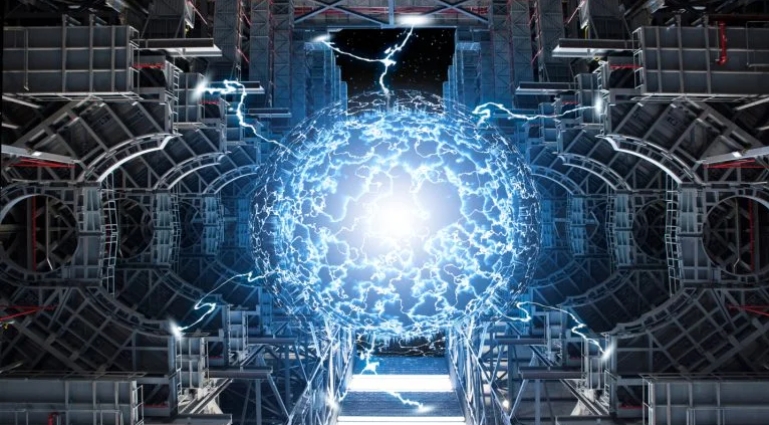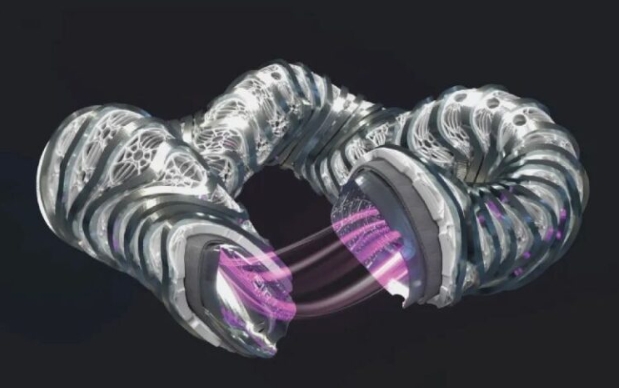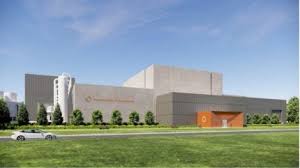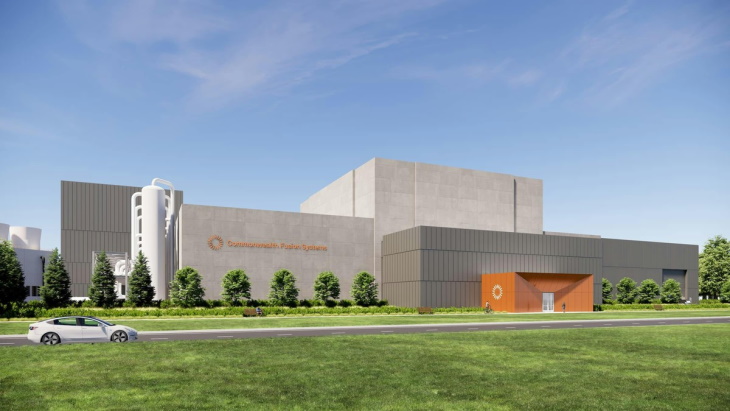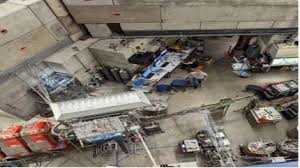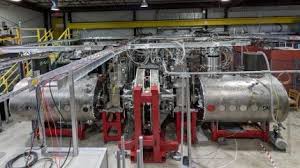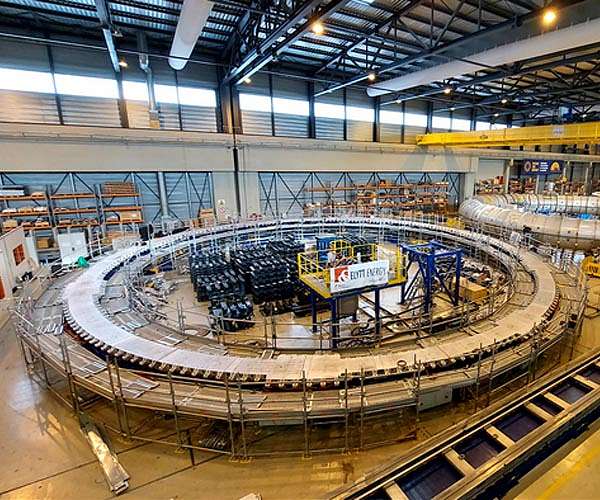
Quebec Innovative Materials has been exploring and evaluating what appears to be a district-sized pocket of naturally occurring hydrogen spread out over a 300-square-kilometre land package of both forested and agricultural land, 15 kilometres north of the town of Ville Marie.
The Vancouver-based company has been generating quite a bit of news flow beginning since exploration field work last summer to identify “hot spots” of high-value zones of hydrogen within the rural municipality of St. Bruno de Guigues.
Since July, Quebec Innovative Materials has been on the active hunt for the presence of hydrogen and helium through a soil sampling field program in a region where the geology is considered favourable to host natural hydrogen.
The company’s field work culminated in a major breakthrough announced in September.
Soil samples have been routinely showing hydrogen soil samples of more than 300 parts per million (PPM), but one break-through discovery result yielded soil samples of more than 1,000 PPM, a natural hydrogen level the company considered “first class” and “exceptional.”
At that time, company CEO John Karagiannidis called it a “transformative discovery” that significantly advances the project toward eventually “developing and commercializing this remarkable hydrogen resource."
Quebec Innovative Materials is working in tandem with Institut National de la Recherche Scientifique (INRS), a provincially-funded institute, which is providing technical support and expertise. The institute has developed a soil gas sample methodology to detect natural hydrogen.
The partners are developing a strategy to explore and develop hydrogen and helium resources within the Ville Marie district.
Though the Ville Marie project remains very much in early stage exploration, both the company and INRS express confidence that this area can develop into a major hydrogen resource for the area that can help position Quebec as a key player in the global hydrogen economy.
The project is bolstered by the Quebec government’s agenda to advance clean energy solutions, which includes hydrogen.
The prospective ground, located near the Ontario-Quebec border, has hydrogen seeping from the earth. Lake Timiskaming is located on the eastern edge of a rift zone with a number of southeast to northwest trending faults.
In news releases, the company has said the area’s sedimentary rocks of sandstone, dolomite and dolomitic limestone and impermeable shale units make for favourable environment for hydrogen and helium.
After collecting more than 1,100 field samples in 2024, the company has developed a model get a better understanding of the geology.
The company said in November that an upcoming electromagnetic survey was scheduled for this winter which will guide their exploration and drilling program to pinpoint hydrogen conduits.
Also this winter, an aquatic probe will be dropped through the ice on Lake Timiskaming for an underwater survey to detect and measure dissolved hydrogen concentrations. And plans are afoot to do a soil sampling program for helium in 2025.
Besides working in western Quebec, the company has other exploration properties, including a silica project in the River Valley area, 65 kilometres northeast of Sudbury.
